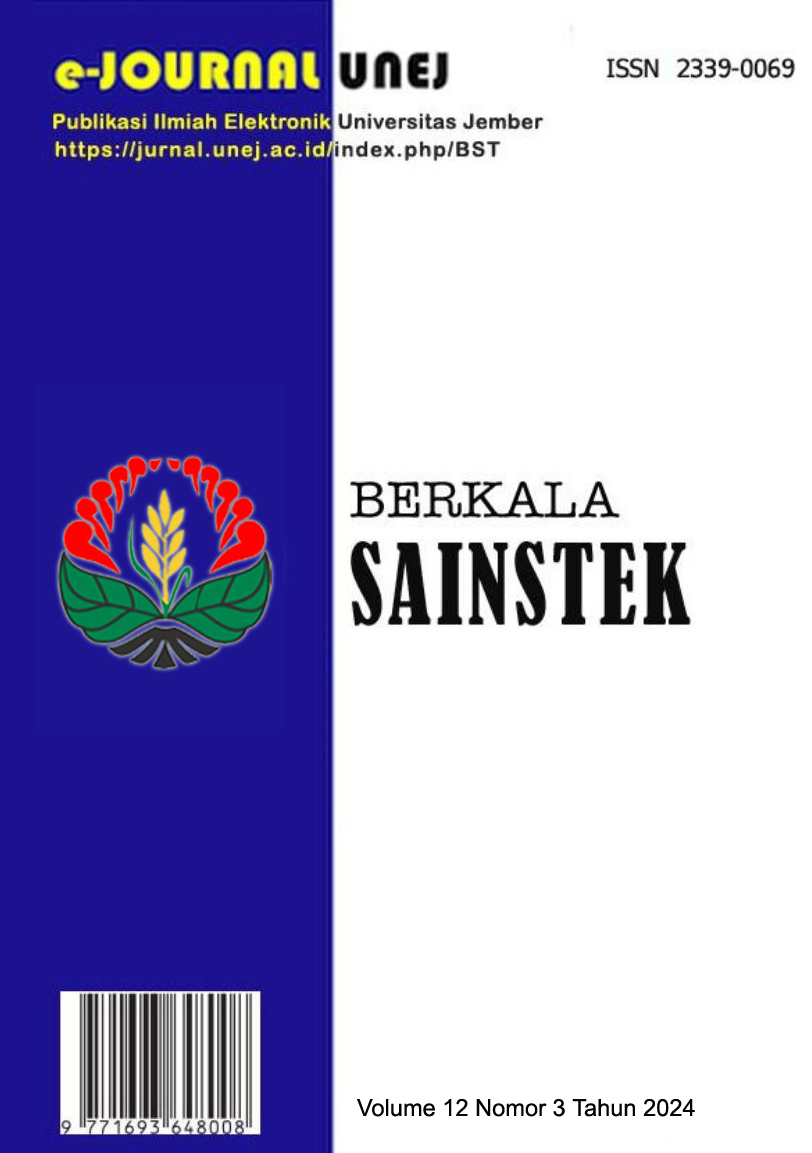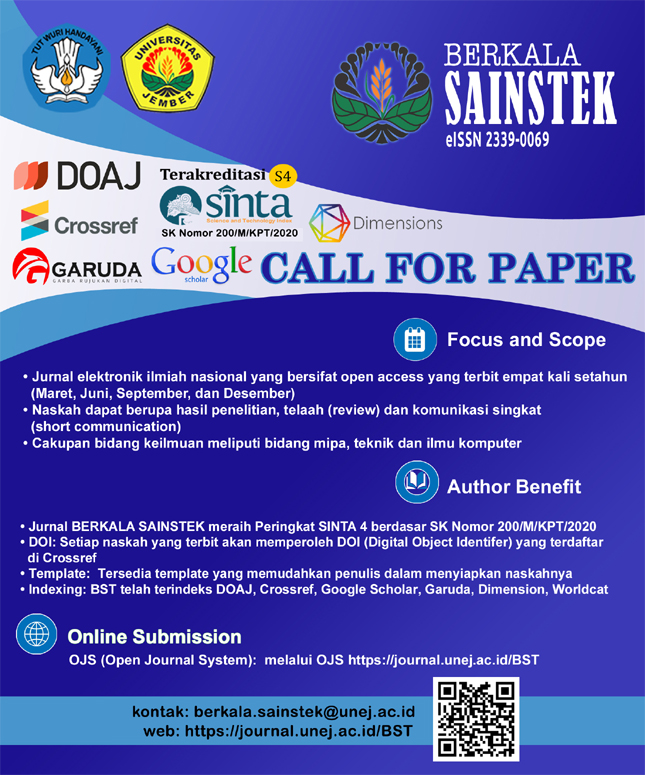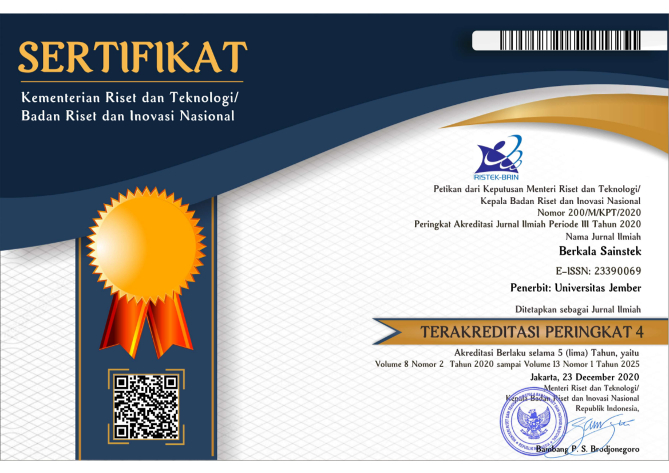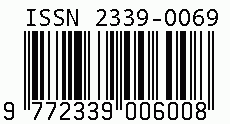The Implementation of Water Sensitive Urban Drainage to Overcome the Risk of Flooding in Malang City
DOI:
https://doi.org/10.19184/bst.v12i3.47437Keywords:
WSUD, Constructed Wetlands, Flood MitigationsAbstract
This study aims to apply Water Resources Urban Design (WSUD) technology to improve water quantity and quality in the Brantas River Watershed (DAS), especially in Oro-Oro Dowo Village, Malang City. This village was chosen because several drainage channels have decreased efficiency in accommodating water runoff during the rainy season. The application of WSUD technology is expected to reduce the high surface runoff due to the decrease in water absorption areas, so this can be an alternative to conserving the availability of water resources in terms of quantity and quality. The modeling scenarios are arranged into two types. In the first scenario, the model is made without the application of WSUD, while in the second scenario, WSUD technologies are applied. There are permeable pavement, bioretention, constructed wetlands, and green roofs. The methodology used for the application of the WSUD concept is through the SWMM (Storm Water Management Model) program. The application of WSUD technology in the case study in Oro-Oro Dowo Village is planned along the sidewalks on Jalan Rinjani, Jalan Jakarta/Jalan Simpang Ijen, Jalan Besar Ijen, and Jalan Panggung, as well as green open spaces/city forests located in the administrative area of the village. The results of this study are in the form of a comparison of the total surface water runoff before and after the implementation of WSUD for each technology. As a result, green roof technology has the potential to reduce surface runoff higher than other technologies. However, the obstacles in the application of green roofs are the cost and roof leaks. Thus, the application of a combination of permeable pavement, bioretention, and constructed wetlands can be another option. The results of the application of the WSUD combination reached 96.88%.






